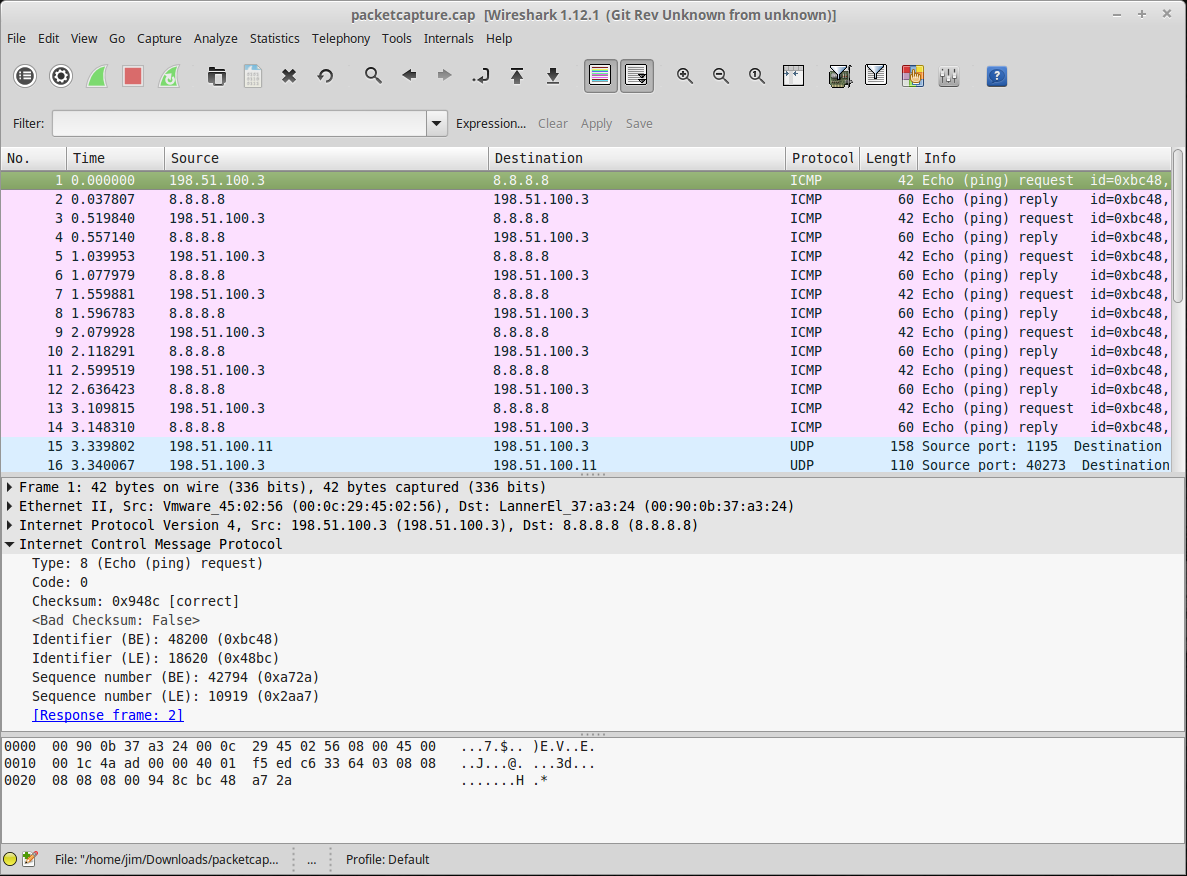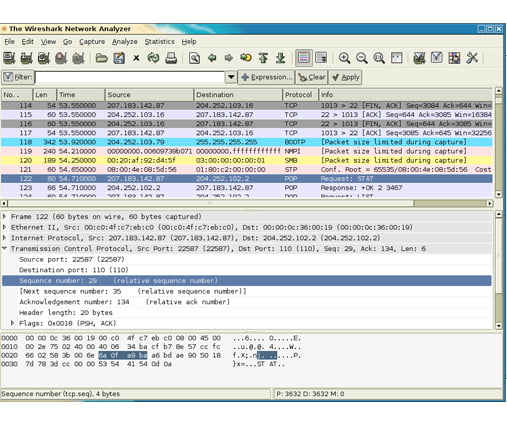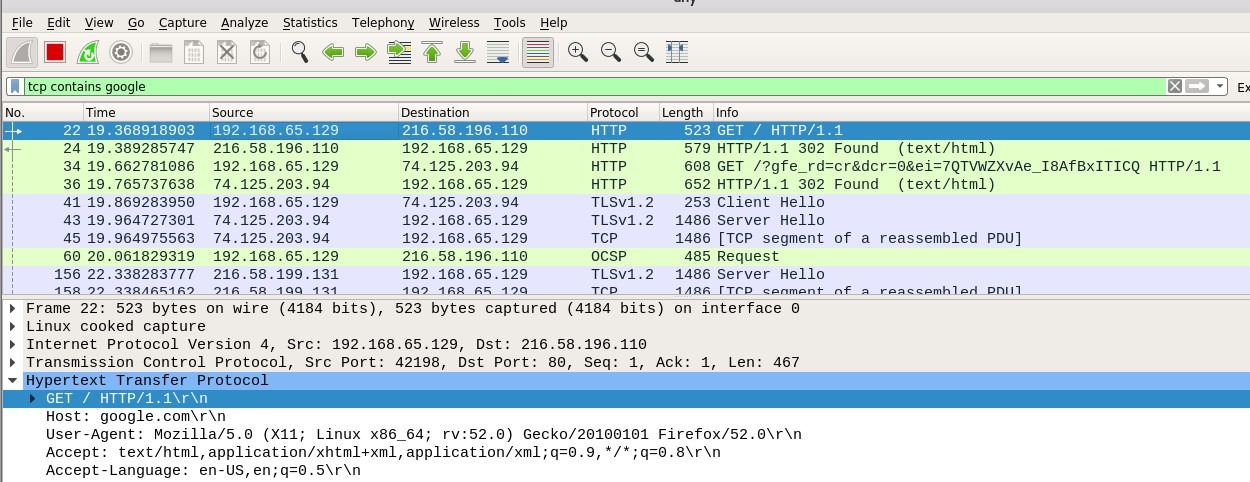

If this value is at least 0x0600 (or 1536 decimal) these two bytes hold an Ethertype. The third part is either a type field or a length field, which can be quite confusing. The ethernet header consists of three parts: Usually, the source MAC address is followed by the Ether type 0x0806, just as the RARP frame is identified by the Ether type 0x8035. Please note that Wireshark just shows the protocol ARP in the packet list. That is if you are into that type of humor…Īnother oddball in my collection is an ARP packet that is using a SNAP header: I often found the most amusing frames coming from network printers. The vendor ID suggests that this frame was transmitted by a network printer. Otherwise, it’s looking pretty much like an ARP frame (you might remember that ARP uses Ether type 0x0806). Please note that RARP is identified by the Ether type 0x8035. BOOTP, running on IP, would also deliver more details like the IP address for the default gateway. A host can (or could) request its own IP address.

RARP, even older than BOOTP, is a layer 2 protocol that shares its data structure with the well-known ARP protocol. Wireshark 3.0 introduced the new display filter dhcp and deprecated the bootp filter.

DHCP relay servers keep the number of DHCP servers to a minimum. You might remember that DHCP is an improvement over the BOOTP protocol, with which it shares the UDP port numbers.įun fact: Back in the days, Wireshark used the display filter bootp to identify either BOOTP or DHCP packets. Today we use DHCP for dynamic IP address assignment. RARP – The Reverse Address Resolution Protocol So here is my small contribution to this collection: To my big surprise, I had recorded a few protocols that are not yet part of the Ultimate PCAP. After nearly 20 years of network analysis, I had my own collection of traces with a few odd frames. Nevertheless, the trace file caught my interest as a long time Wireshark user. Unfortunately, it’s nothing like the protocol mix found in a network analysis project. This was not exactly what I was looking for: This single trace file holds snippets from 2014 to 2020 with a myriad of protocols and IP networks. To get a first impression of a trace file I used Wireshark’s protocol hierarchy – and boy, that’s a lot of protocols. This brought me to Johannes Weber and his Ultimate PCAP. The other day I was searching for a trace file with a decent protocol mix that could be used to introduce a few colleagues to Wireshark.


 0 kommentar(er)
0 kommentar(er)
